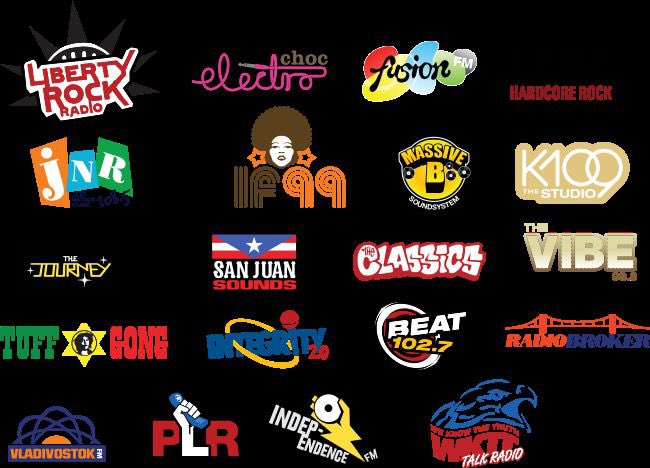

But what made this moment and others like it all more extraordinary is that it isn’t designed by games creators. All of the elements combined to create a mood, a moment, like a scene in a movie perfectly calibrated to elicit an emotional response in the viewer. Then came the finishing touch: Craig Gray’s song Fade Away started playing on the radio. It started to rain, leaving the already loomy situations even more loomy. (Your character does not have meaningful relationships with other persons, so Liberty City can be a pretty cold and lonely place.) Every downtrodden pedestrian I saw, every sad, beat-up old car on the road, created a sense of misfortune and melancholy. It was the way its day-night cycle, its weather conditions, and its radio stations worked together to make you feel at liberty City.įrom all the hours I spent playing GTA III, here’s the moment I remember most: I was driving around some desolate part of town at night, feeling the isolation of the city. It was the way it felt at times to simply exist in its world, when you weren’t playing a mission or trying to see how long you could evade the cops.

However, for me, GTA III’s greatest achievement was something else. With all of its potential for desireon violence, its over-the-top rampages, and police chases, it also put new emphasis on sandbox systems that produce stunning results on the fly. But why? How? What defines the impact and influence of GTA III? It made it a possible choice between better and worse, in a new era of open-world game design.

We’re here for it? Do you remember it? You might imagine that you were undergoing a cultural change, a game that would change things for forever in the moment. The ability to play Grand Theft Auto III upon its release has given you God. Claude, a genius with only a few words and big vibes.


 0 kommentar(er)
0 kommentar(er)
